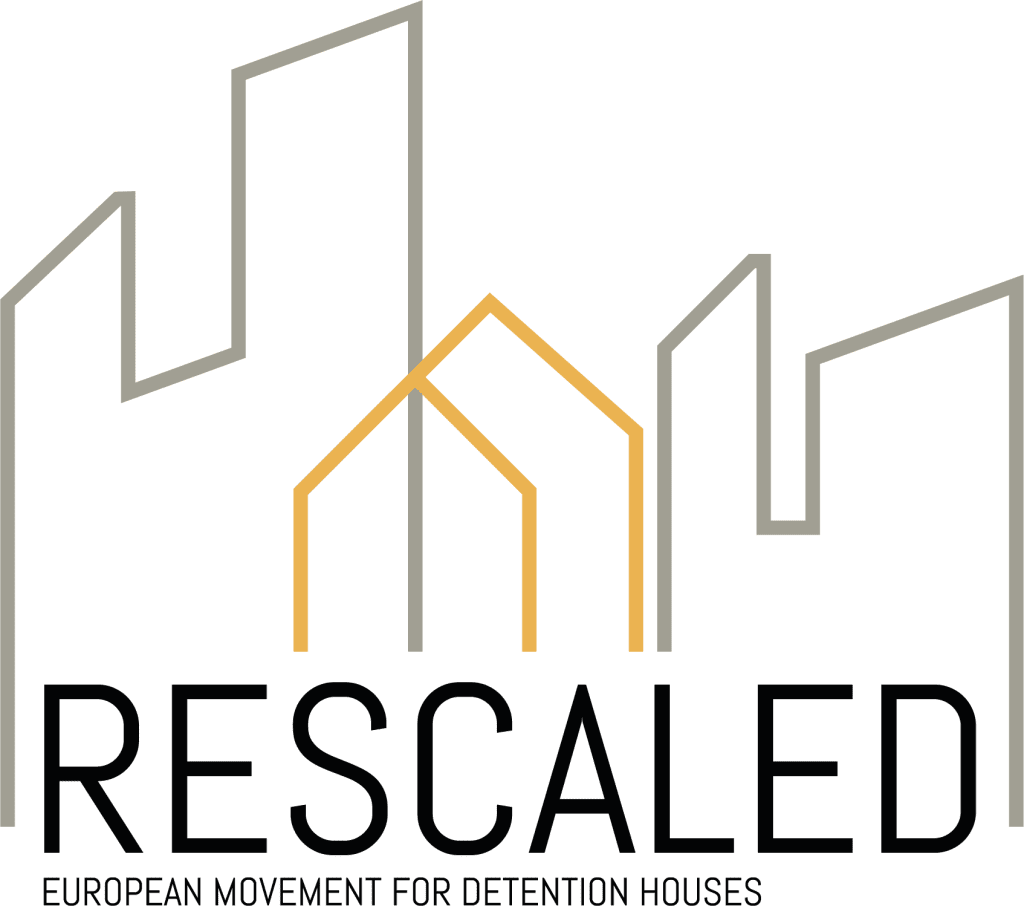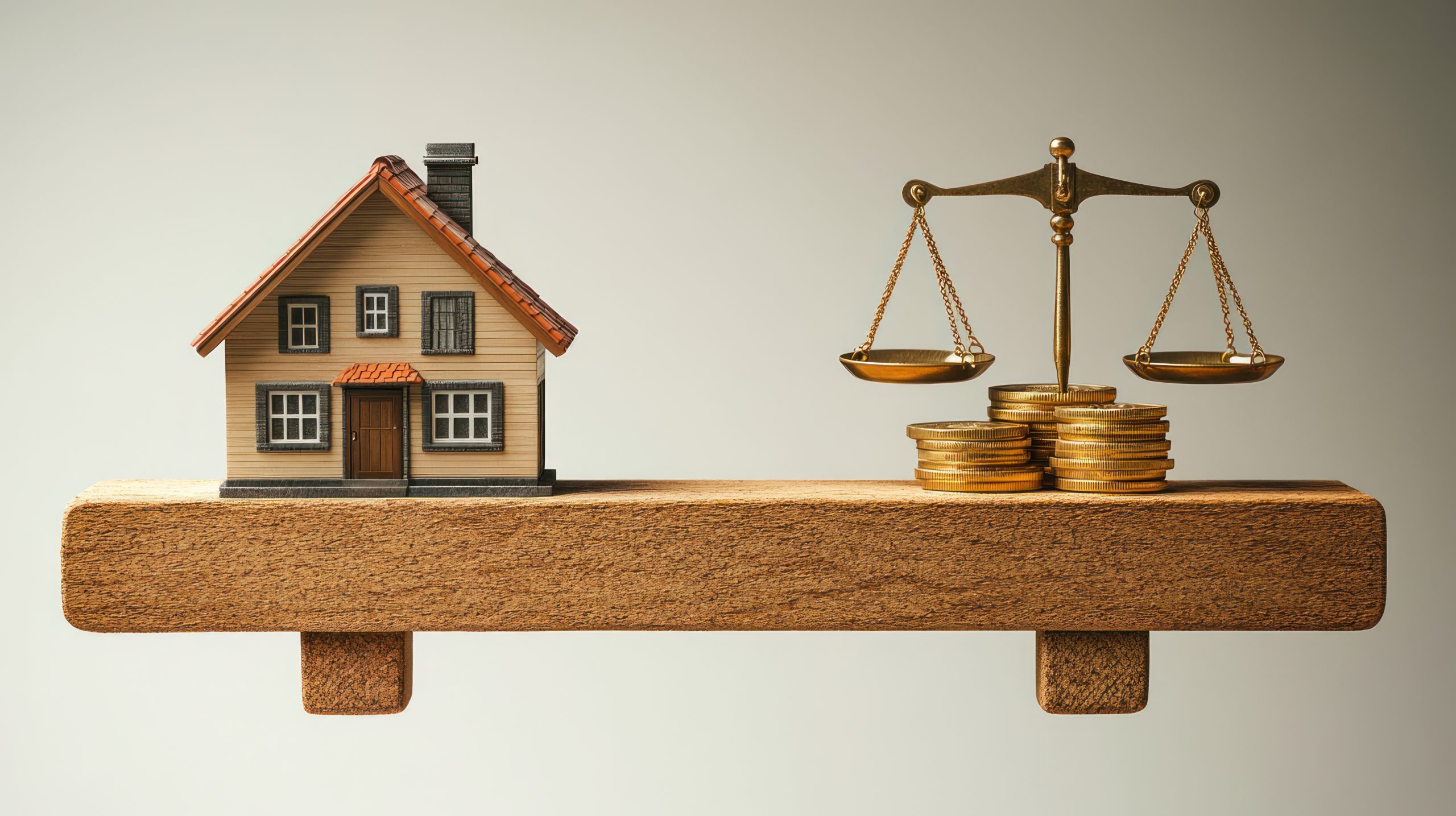From 11/10 to 14/10 me and other members of APAC went to Norway, Oslo. We were introduced to the organization ‘Wayback’ and the Norwegian prison system.
1. RESCALED AND DETENTION HOUSES
Wayback and APAC Portugal are both founding partners of the European movement ‘RESCALED’. RESCALED stands for small-scale, community-integrated and differentiated detention houses instead of the classic panopticon-model prisons we are used to. The goal is to offer every incarcerated person a place in a detention house, allowing the current prison system to be replaced. Therefore, it’s important for the detention houses to be ‘differentiated’, which means that all kinds of penalties and levels of security shall be considered.

Whenever the idea of detention houses is proclaimed, the same question pops up: “How can you organize community-integrated detention houses for individuals who committed serious crimes and therefore require a high level of security?”. That is why we will be addressing here, in more detail, the connection between high-security incarceration and community integration.
2. EIDSBERG PRISON: DO HIGH-SECURITY AND COMMUNITY INTEGRATION GO HAND IN HAND?
During our stay in Norway, we had the chance to observe a good example of community integration within a high security regime. We went to ‘Indre Østfold Fengsel – Eidsberg Unit’, a high-security prison where different prison sentences of various categories are carried out, regarding different categories of crimes.
The focus on community integration can be perceived in the chances that incarcerated people are given to participate in community life. Here, community life should be viewed broadly: both in- and outside the prison.
2.1 COMMUNITY LIFE INSIDE
Firstly, community integration is fostered by the way the living environment is organized inside the prison. Each floor is composed of four different wings, with a capacity for twelve persons each. Although isolation still occurs – since each person has an individual cell – the truth is that each wing is also equipped with a shared living room and kitchen where people can spend time and socialize, within a restricted and closer community. This strengthens community life of incarcerated men among themselves.
2.2 COMMUNITY LIFE OUTSIDE
Regarding the link to the community outside, at the entrance of the Østfold prison in Eidsberg there is a shop where wooden products, produced by incarcerated men, are sold. In the shop, you can find tiny wooden houses that can serve as boxes for playrooms, garden benches, hen houses, bird boards, garbage or mailbox racks, hunting towers and so on (Indre Østfold Fengsel, 2021).
Furthermore, we visited a studio inside prison where ‘Røverradion’ – Norway’s only radio show made by incarcerated people within the walls of Norwegian prisons – is recorded. They talk about how it really feels to be in prison and how forms of exclusion occur (NRK Radio, 2021, 26 October). On Friday 15/10/21 they even organized an edition ‘Røver Pride’, to create awareness about LGBTQ+ people and their extra vulnerability to exclusion and discrimination (NRK Radio, 2021, 26 October). From the inside, they make a connection with the outside by inviting and interviewing Norwegian celebrities – including politicians – and by sharing messages with the broader society. This radio show is broadcasted both inside and outside Norwegian prisons.
2.3 COMMUNITY LIFE IN- AND OUTSIDE
Last, but not least, it’s important to mention the relationship between the staff and the incarcerated men. This community life can be considered both internal and external since the relationship is established within the prison walls, but the prison staff is actually composed of people who go outside after their shift in prison.
This type of relationship is also described as ‘dynamic security’, a term that includes a working method by which the prison staff prioritizes everyday communication and interaction with incarcerated people (European Union, 2018).
How is this theoretical term put into practice? For example, we participated in a reflection group, facilitated by a mentor of Wayback, with incarcerated people inside the Eidsberg prison. During the workshop, where lots of emotions were shared, a member of the prison staff was not only attending, but also participating. Here, it’s agreed that everything that becomes part of the circle stays inside the circle. This way of dealing with each other creates confidentiality between the incarcerated men and the prison staff. On top of that, the boundaries of power and subordination are faded and replaced by a trustworthy relationship.
3. EVEN BROADER THAN COMMUNITY INTEGRATION
The Eidsberg prison has good initiatives, not only regarding community integration, but also regarding another fundamental principle of RESCALED: normalization, according to which life in prison should approximate as closely as possible the positive aspects of life outside. For instance, every incarcerated man is given a card, that has a certain amount of money provided by the State and also, in some cases, by family members. With this card, they can go to a convenience store inside the prison, to buy, for example, ingredients to cook a meal themselves, but also clothes, toiletries and ice creams.
This practice of normalization, in turn, contributes to the sense of touch with life outside.
4. WE ARE NOT THERE YET
This blogpost does not intend to praise the Eidsberg prison as a perfect model, because it is still not small-scale, nor community-integrated enough. The prison institution is still occupied with approximately 100 incarcerated men (Angelis, Giertsen, Tostrup, & Memarianpour, 2020) and located on a busy road, far away from a built-up area.
On the other hand, this prison is an example to demonstrate that high-security incarceration can be organized in a way that most people thought was not possible: creating shared spaces to develop social skills; engaging with the local communities through selling products made in prison; sharing feelings about incarceration with society through a radio show; promoting the engagement of the prison staff in activities with incarcerated men, to develop relationships of trust.
So you see, there are plenty of options to make the connection with community, even for incarceration that requires a high level of security.

REFERENCES
Angelis, S., Giertsen, H., Tostrup, E., & Memarianpour, Z. (2020). Statistics. Six Norwegian Prisons. Consulted on 26 October 2021, from https://www.sixnorwegianprisons.com/statistics
Bundo, K. (2018, 6 September). Brick and building [Photo]. Unsplash. https://unsplash.com/photos/q_E_ME5kRp4
European Union (2018). EU-funded project on dynamic security.
Indre Østfold fengsel (2021). Nytt og brukt annonser: FINN Torget. FINN.no. Consulted on 26 October 2021, from https://www.finn.no/butikk/indreostfoldfengsel?sort=RELEVANCE
NRK Radio (2021, 26 October). Røverradion. Consulted on 26 October 2021, from https://radio.nrk.no/serie/roeverradioen





